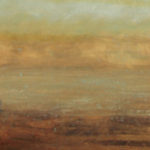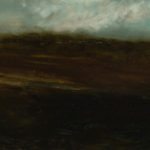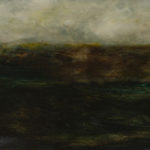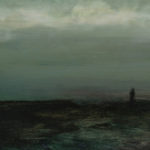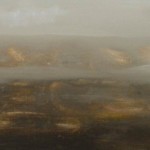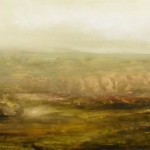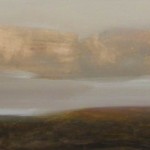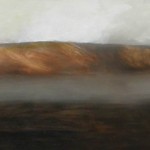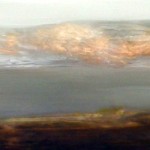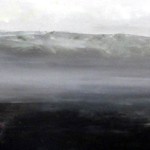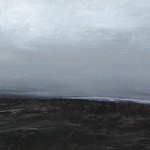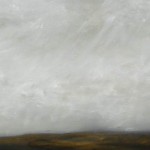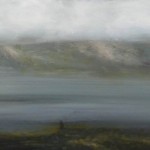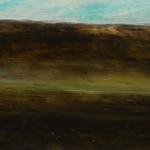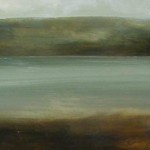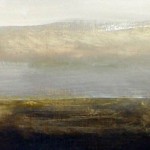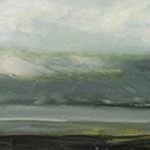- 2007 oil on board 30 x 175cm, -Sold-
- 2007 oil on board 30 x 180cm, $7,000
- 2007 oil on board 30 x 180cm, $7,000
- 2007 oil on board 30 x 180cm, $7,000
- 2007 oil on board 30 x 180cm -Sold-
- 2007 oil on board 30 x 180cm -Sold-
- 2007 oil on board 30 x 180cm -Sold-
- 2007 oil on board 30 x 180cm -Sold-
- 2007 oil on board 30 x 180cm -Sold-
- 2007 oil on board 30 x 180cm -Sold-
- 2007 oil on board 30 x 180cm -Sold-
- 2007 oil on board 30 x 180cm -Sold-
- 2007 oil on board 30 x 180cm -Sold-
- 2007 oil on board 30 x 180cm -Sold-
- 2007 oil on board 30 x 180cm -Sold-
- 2008 oil on board 30 x 180cm -Sold-
- 2008 oil on board 30 x 180cm -Sold-
- 2008 oil on board 30 x 180cm -Sold-
“A move from inner-city Brisbane to coastal Sandringham prompted a memory of a great painting by the German Romantic genius, Caspar David Friedrich (1774-1840) and his masterpiece in the Kuntshaus Berlin, Monk by the Sea, featuring an individual observing the infinity of nature. In an appropriately romantic way, it was purchased at the urging of a teenage prince who thought it was the most beautiful painting he had encountered. I wanted to complete a series of my own versions of Monks by the Sea (not of me by the way, but mostly of darkly-cloaked fishermen on the rocks at dusk).” – Richard Dunlop, 2007
“The great philosophers of the 18th and 19th centuries (Kant, Rousseau, Hegel and Mill) intellectually fertilised the first wave of Romantic painting generated in England (which in turn gave permission for impressionists in Paris), and emphasised emotion and poetic introspection as rational responses to the overwhelming pace of technological and scientific change underway in Europe. The international, intellectual neo-Romantic painting movement which began at the turn of the twenty-first century (including artists like Doig, Kirkeby, Ghenie and me as paid-up members) was predictable given the backdrop of dramatic political, social and economic upheaval, and the threat of war, following the historical pattern established in the late nineteenth century.” – Richard Dunlop 2007
